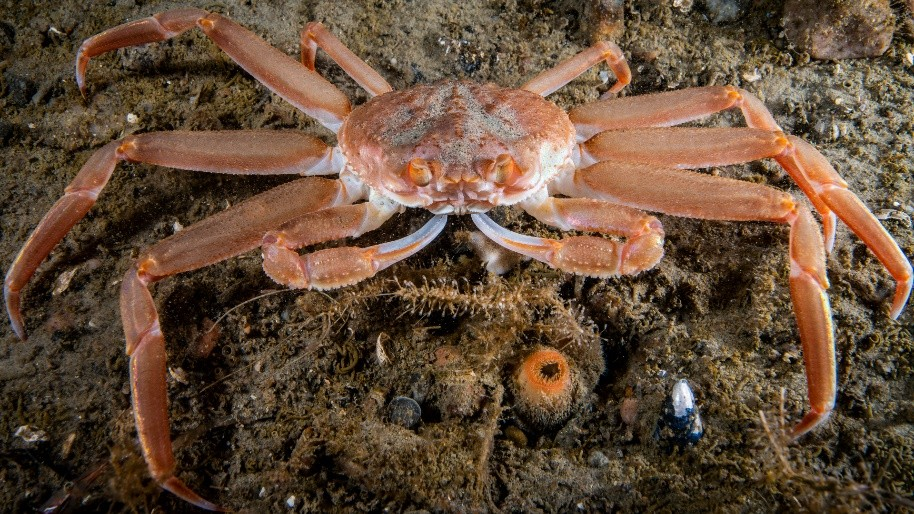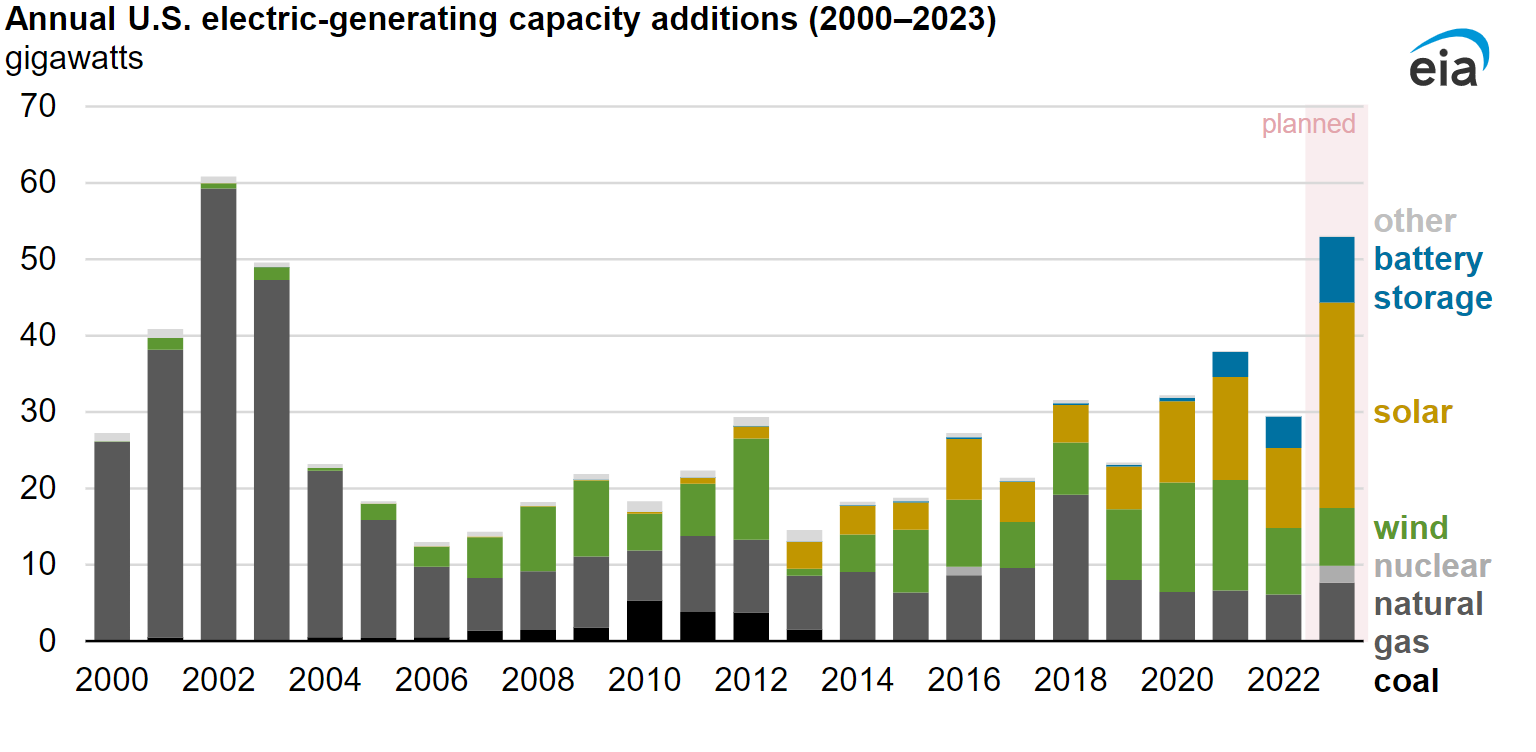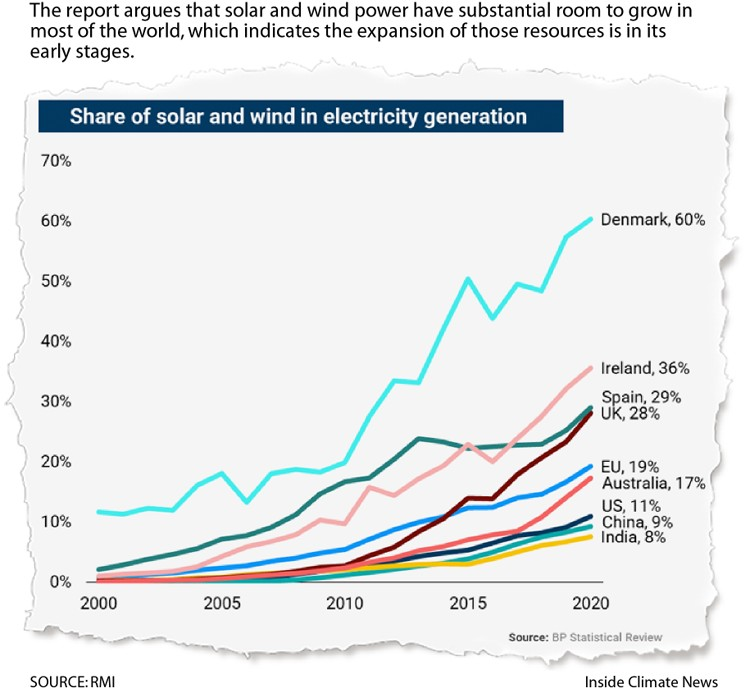Connectedness, The Recent Climate IPCC Report, and More
As we read about, and some personally experience, our changing climate, perhaps one species can provide a glimpse of some of the interconnections that exist in nature, between all of us, outside our door. Enter, the snow crab, a cold water-loving creature living on the ocean floor. See the photo of one such crab here from LaSalle-Photo via Getty Images.
The shell or carapace is usually less than 6 inches across and the crab sports 4-pairs of legs and 2-claws. A delicacy, it is a valuable commercial stock and is fished heavily in and around the frigid waters of the Bering Sea off the coast of Alaska and in parts of northeast Canada.
Fisheries’ estimate that these mature snow crabs once numbered about 3 billion as recently as 2018, together with about 5 billion immature ones. Then in 2022 the population had collapsed with estimates as low as about 2.5 million remaining.
This population loss of about 8 billion crabs in just three years was a shock to both the fish and game people as well as the crabbers. So, this past season [2022], the Alaska Department of Fish and Game cancelled the harvest completely with the hope that the population will recover.
The area management biologist called the decision “tremendously difficult” because of the impact on the livelihood of many residents and businesses. About 65 boats normally take part in the Bering Sea snow crab season.

So what happened?
It is complicated of course and not all of the information and factors are known yet. But data show that the normally frigid bottom water temperatures which are critical for juvenile crabs in their lifecycle, were higher than normal. Since predatorsnormally stay away from these frigid bottom waters, they could now venture into these warmer waters.
According to NOAA [National Oceanic and Atmospheric Administration] record heat waves in 2016, 2018, and 2019 brought about this reduction in the cold water pools on the ocean bottom leading to increased juvenile predation. Other factors such as increased metabolism, “bycatch”, disease and overfishing may all have contributed to this fisheries collapse; but human caused climate warming was the big one. Alaska is the fastest warming state in the United States.
And then we have the most recent IPCC [Intergovernmental Panel on Climate Change] Sixth Assessment Report [AR6], Summary for Policymakers. It was released on March 20, 2023. See cover photo of report consisting of a landscape with two curving bridges in misty clouds.
This AR6 report summarizes and integrates the recent climate data, impacts and findings since AR5 was issued in 2014.
In the very first Paragraph A.1 the report states: “It is unequivocal that human influence has warmed the atmosphere, ocean and land. Widespread and rapid changes in the atmosphere, ocean, cryosphere and biosphere have occurred.”

Figure: AR6 Synthesis Report Cover [ipcc.ch]
The following is a quote from the climate scientist Prof. Katherine Hayhoe on the contents of AR6:
”First, climate change has already caused widespread and substantial losses to almost every aspect of human life on this planet, and the impacts on future generations depend on the choices we make NOW.
Second, every bit of warming matters. The warmer the planet gets, the more widespread and pronounced the changes in both average climate and climate and weather extremes become.
Third, the impacts are very serious: they directly affect our health, our food sources, our water and more.
Fourth, the percentage of animal species exposed to potentially dangerous conditions increases significantly the faster the world warms. In general, ocean species like coral and tropical species are most at risk.
The “experiment” we are conducting with our planet is unprecedented.”
Dr. Hayhoe is a well known climate scientist who has authored peer reviewed articles and is very much in demand in the speaking circuit including TED talks.
But … we are moving in the right direction … slowly. Not long ago the United States generated almost half of its electricity using coal; some 1 billion tons per year, as in 1,000,000,000 tons. This amount alone when burned produces some 3.6 billion tons of carbon dioxide. Analysts say we are on track to burn about 400 million tons this year and that about 40% of the country’s current coal-fired capacity will be retired by 2030. An improvement certainly but we have so much further to go.
See the recent EIA [Energy Information Agency] bar chart titled “Annual U.S. electric-generating capacity additions (2000 – 2023).”
As we look across the chart from left-to-right, we see major changes [in bar colors] in the mix as to how we get our power. Starting in 2005 we can begin to see a measurable amount of wind power generation, which continues to increase and then solar and battery storage join the mix. In 2022 [actual], and “planned” [2023], no new coal and few natural gas and plants are planned. It is all renewables.
It is just economics: renewables are cheaper, but the reduction in carbon dioxide emissions is, and will be, significant.

The Rocky Mountain Institute [RMI] produced the graph here titled,” Share of solar and wind in electricity generation.”
When we look at how 9 major countries [and EU] are doing with renewable installations, we see that Denmark is clearly in the lead meeting 60% of its electrical needs. The U.S. produces about 11% of its electricity with renewables, just ahead of China [9%] and India [8%].
Government policies matter. Denmark has the support of the people, and their politicians, who are aware of and concerned about climate change, and has a detailed plan on how they will achieve zero carbon emissions. We need to do the same.

Ah, and then, thankfully, we have the energy and perspective of the youth movement. This young woman expresses her frustrations in her sign [Photo: Andrew Gardner/The Argus]: “Why Get An Education When Nobody Listens To The Educated?"

And, so it goes...
The scientific career of Raymond N. Johnson, Ph.D., spanned 30 years in research and development as an organic/analytical chemist. He is currently founder and director of the Institute of Climate Studies USA (www.ICSUSA.org). Climate Science is published monthly.



